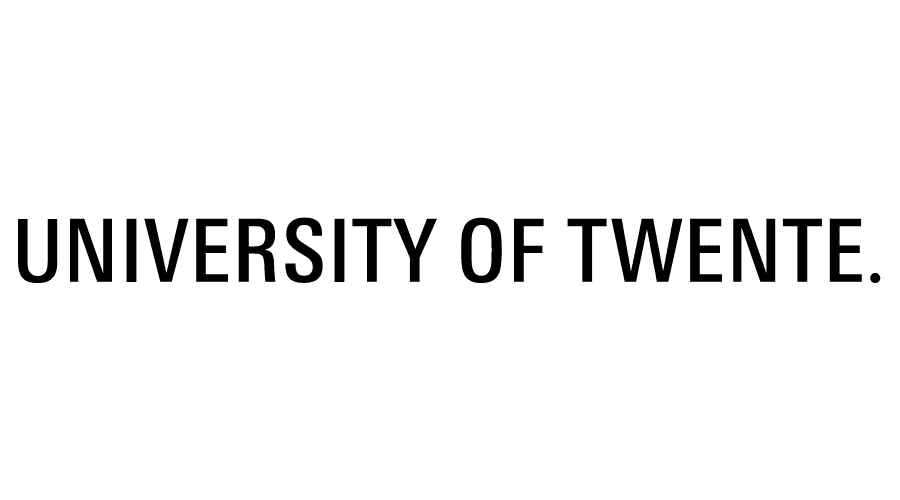Snabbfakta
-
- Glasgow
Ansök senast: 2024-06-23
PhD Vacancy- Durability of glass-fibre/ acrylic composites and their interface
Publicerad 2024-04-24
Durability of glass-fibre/acrylic composites and their interface for use in renewable energy structural applications
Over the past decades, there has been rapid growth in the development and application of fibre-reinforced composite materials for use in high-performance applications. This has particularly been the case when it comes to applications within the renewable energy sectors, which have become of increasingly significant strategic importance to the UK (and globally) when it comes to providing cheap, consistent energy for the future. Composite materials have been traditionally used in the manufacture of blade components due to their unique combination of material performance and lightweight. These materials are now exposed to some of the harshest operating conditions on Earth, with specific new challenges in the offshore wind and tidal blade sectors where the issue of fatigue and erosion of the composite materials has been exposed as a major challenge requiring a solution to ensure the long-term operation of offshore systems and justify the potential high installation costs.
There remain significant gaps in our knowledge and understanding of the micro-mechanical parameters that govern the structure-property relationships within fibre-reinforced composite materials. Inefficient adhesion at the fibre-matrix interface curtails the performance of many composite systems, triggering expensive compromises in weight, efficiency, and factors of safety to mitigate performance deficiencies. The interface plays a fundamental role in defining the capability of a composite material to perform under harsh environmental conditions. It is the interface which is attacked and weakened under these conditions; it is failure at the interface which leads to eventual delamination and ultimate failure of the component. There has been no investigation at a combined single fibre and macro-composite level into how the fibre-matrix interface of current materials (e.g. glass fibre, epoxy and/or Elium®), can be optimised to mitigate composite fatigue performance under harsh environmental conditions.
Understanding the complex interactions occurring at the interface will enable us to optimise the degree of adhesion between current materials. This in turn will lead to the production of a set of rational design rules to define the interface characterisation/optimisation which can be applied to the next generation of incoming materials earmarked for use by the wind and tidal sectors. A 3-year collaborative PhD project is proposed, where the University of Strathclyde, the National Physical Laboratory (NPL), the Offshore Renewable Catapult (OREC) and the National Manufacturing Institute Scotland (NMIS) will partner to conduct fundamental research to answer these key questions. The project will be supervised by Dr Ross Minty at Strathclyde with direct input from Dr Stefanos Giannis at NPL and Dr Kirsten Dyer at OREC. Strathclyde will investigate the fibre-matrix interface of composite material combinations materials of commercial interest to the UK Wind and Tidal Energy sectors. Testing will require the development of new techniques to evaluate the fibre-matrix interface of glass fibre-acrylic composites whilst exposed to extreme environmental conditions including temperature, humidity and moisture, as well as fatigue testing of composite samples.
Evaluation of results will be conducted in collaboration between the partners. Overall, the output of this research will be a validated methodology for accurately measuring the degradation of fibre-matrix interface of novel composites. Results will be disseminated through academic publications, participation in international conferences and workshops with industry stakeholders. These outputs will benefit composite asset owners, through in-depth knowledge of their assets’ lifecycle and material suppliers, through better understanding of their materials. This project will generate environmental impact by enabling: (1) the development of more durable materials for demanding applications, (2) the design and manufacture of future
Fler jobb från Talent
2024-04-26











